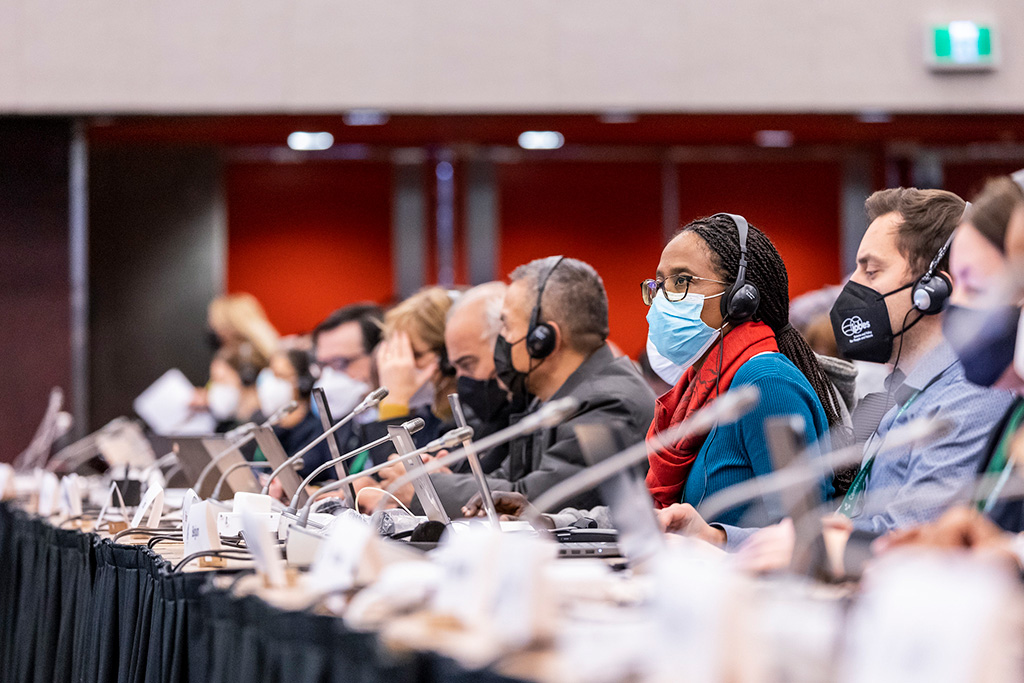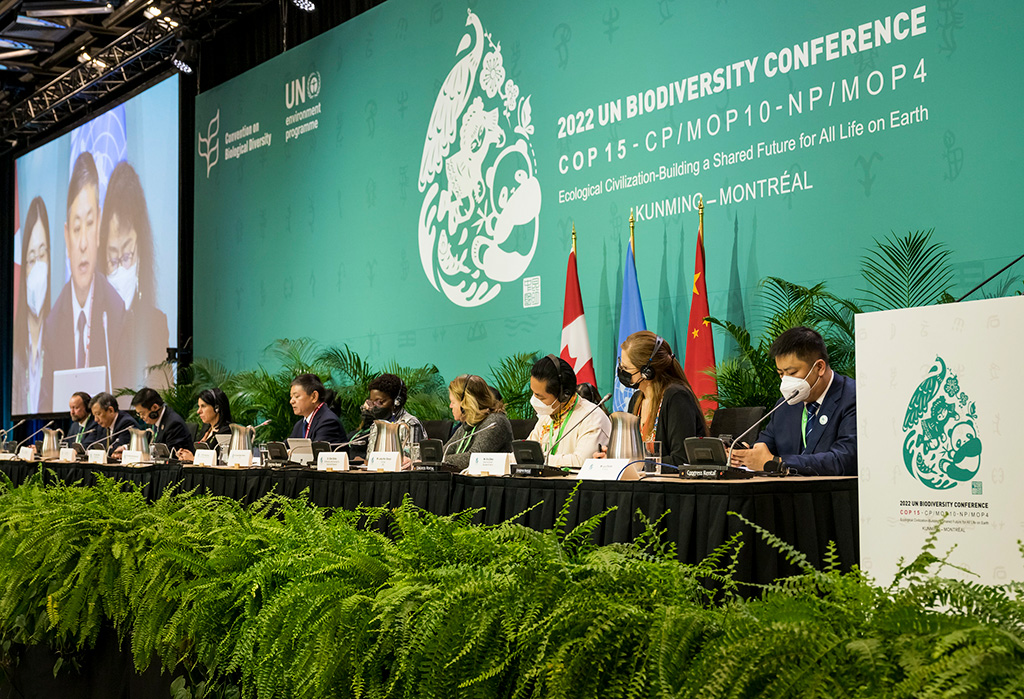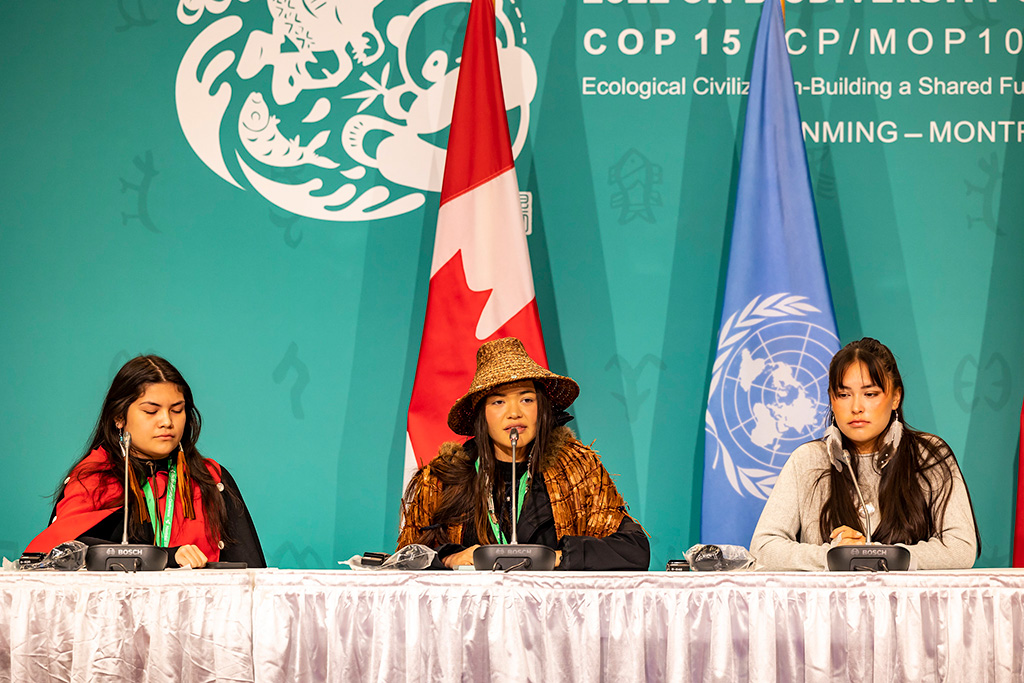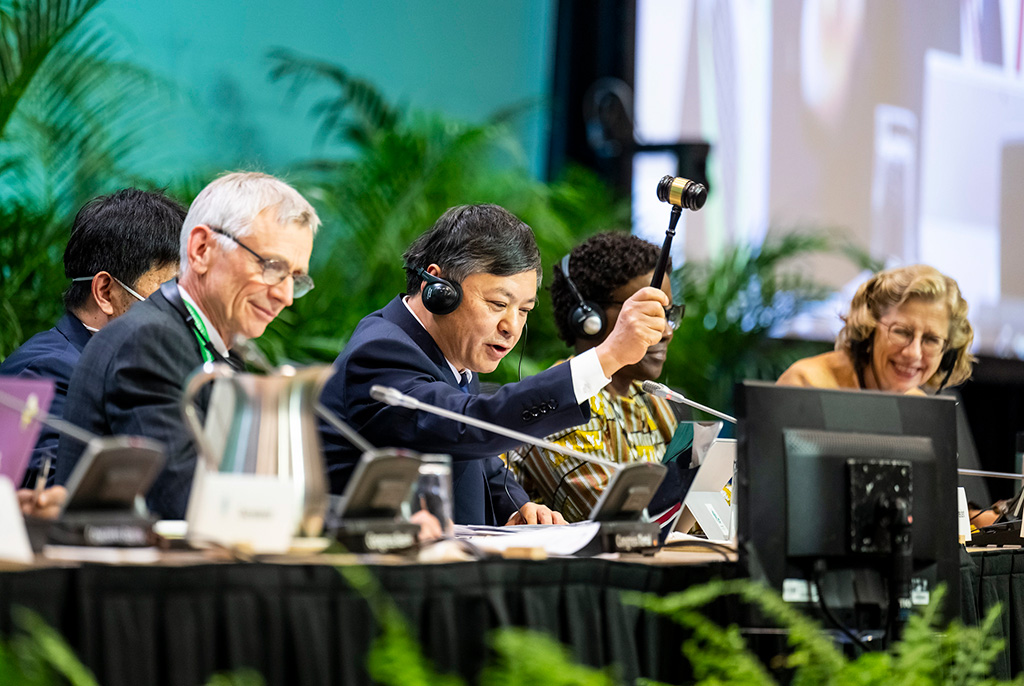COP15 is seen as the end-of-the-year gift for nature and its biodiversity from governmental negotiators in 2022. It is crowned as a ‘historical moment’ with many wins when the meeting was finally adjourned by the Chinese COP15 president, Huang Runqiu, at 3:30 a.m. on 19 December, Monday. The successful adoption of the 4 goals and 23 targets even won the convention in Montreal the title of the ‘Paris moment’.
Going forward, the ‘30×30’ pact to protect 30% of the planet by 2030 will be one of the most common terms in the biodiversity arena. The rights of Indigenous Peoples and local communities are eventually placed at the heart of the Kunming-Montreal agreement. It is also part of the agreement to cut down on subsidies for harmful practices, as well as to hold corporations accountable for their business impacts on the environment. Yet, is the Kunming-Montreal pact our lighthouse to halt biodiversity loss?

Conserving 30% of land and oceans by 2030
‘30×30’ is a well-celebrated term and made its way into the agreement close to the end of the negotiation, despite already receiving great traction before the convention. The clauses however leave ambiguity in each country’s responsibility to address internal conservation at 30%. Setting 30% as a global target, countries like Brazil, the Democratic Republic of the Congo, and Indonesia could have a higher share and need extra financial and technical support due to their rainforests. It is also worth noting that 64% of the surface of the oceans is beyond the national jurisdiction. Such high seas will require a different set of regulations for biodiversity conservation.
While this achievement has been hailed as the ‘Paris Agreement for nature,’ drawing the 30% target as an equivalent of the 1.5°C climate target, some are disappointed by the results. The final wording indicates a merged target of 30% for lands and oceans, instead of separate targets to conserve 30% of lands and 30% of oceans. As of 2020, approximately 17% of terrestrial and 8% of marine areas were protected and conserved, found the latest Protected Planet Report by IUCN and UNEP. With the existing 25%, 30% could appear to be a more easily achievable target. On the other hand, the latest Intergovernmental Panel on Climate Change (IPCC) report suggested with high confidence that effective ecosystem conservation of 30-50% of the Earth’s lands and ocean areas is essential in safeguarding nature and conserving biodiversity. Environmental groups argued the target should have seen 30% as the floor and aimed for the upper range of 50%.
“30% to me really does feel like the 2°C and 50% is the 1.5°C,” comments Karl Burkart, deputy director of the NGO One Earth, at a press conference at COP15.
Another point of contention regarding 30×30 is this target could lead to further displacement of Indigenous Peoples from their ancestral lands. To address the concerns, Indigenous rights are highlighted throughout the agreement.

Recognising Indigenous People’s rights
COP15 is praised for successfully including ‘Indigenous Peoples’ in 7 out of the 23 targets. This spans from recognising their rights, traditional territories and knowledge in sustainable use of natural resources, to ensuring their equal and inclusive participation, and further mobilising finance to promote Indigenous Peoples’ roles.
Contrary to the traditional ‘fortress conservation,’ where these stewards had been forced to be evacuated from the sites; COP15 focused on ‘rights-based conservation’ and acknowledged their effective conservation results. Science illustrates the important stewardship of Indigenous groups loud and clear – Indigenous Peoples safeguard 80% of the biodiversity, despite their small composition of 5% of the world’s population.
Nonetheless, what looks great on paper might not reflect how it works on the ground. Many fear that this could lead to “the biggest land grab in history,” putting 300 million people at risk of losing their lands, according to Survival International. The top-down approach embedded in the 30×30 target decided by the national governments is also heavily questioned, for implementation does not always align with the solutions that are hoped for, said Lakpa Nuri Sherpa to Guardian, who represents the Asia Indigenous Peoples Pact. Indigenous Peoples’ demand to include their lands and territories as a category of conserved area, was not adopted in the final agreement, exposing them to ongoing human rights violations, Amnesty International pointed out.

The agreement passed by nearly 200 governments is no doubt a step forward that worth recognition. Nevertheless, we should not forget the history where none of the 20 Aichi Biodiversity targets was met. While celebrating the fact that now we have biodiversity targets in global consensus, we must carry the momentum onto translating the targets into action, especially in detailing the implementation of reporting and monitoring, as our fragile biodiversity cannot afford to fail to meet biodiversity targets the third time in a row.
